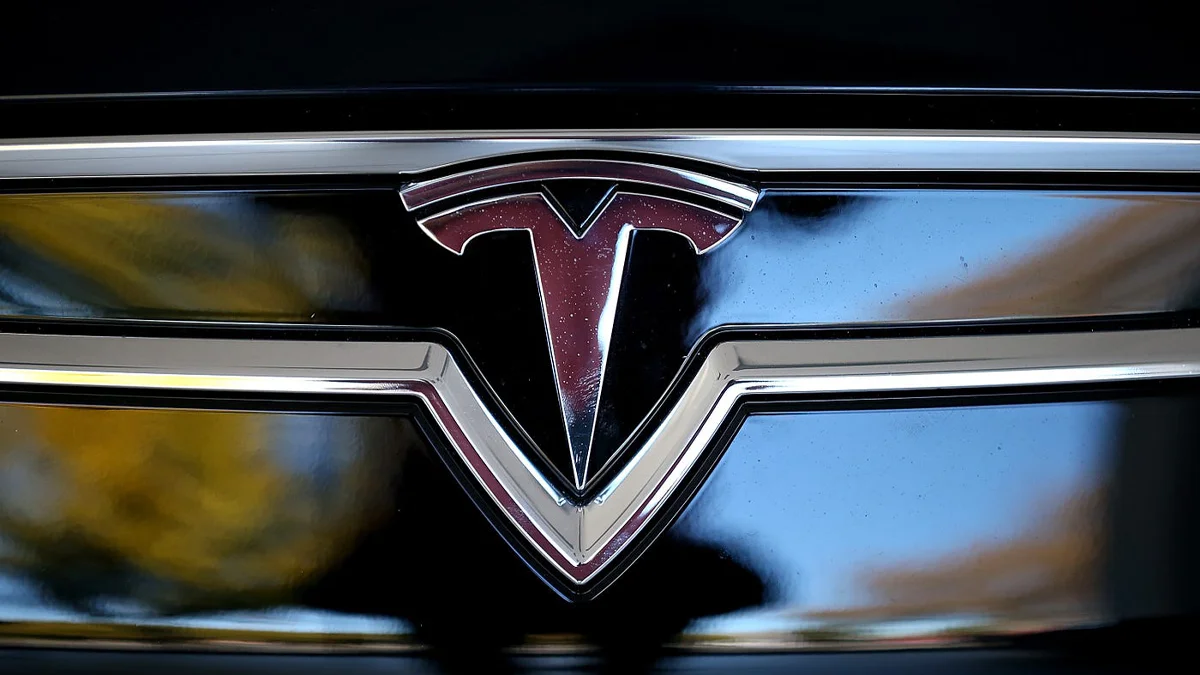Necessary Always Active
Necessary cookies are required to enable the basic features of this site, such as providing secure log-in or adjusting your consent preferences. These cookies do not store any personally identifiable data.
|
||||||
|
||||||
|
||||||
|

Tesla did not keep its word about placing leased sedans on its robotaxi network, Reuters reported. Last November, the electric car maker terminated a policy that prevented customers who leased its vehicles from purchasing them at the end of the lease.
The policy, which had been in place since 2019, came to an end after Tesla announced that customers who leased its Model 3 sedans would need to return them to the company for placement in its Tesla robotaxi network.
“You don’t have the option of buying them. We want them back. Next year, for sure, we’ll have over 1 million robotaxis on the road,” Tesla CEO Elon Musk told investors in California in April 2019.
But despite Elon Musk’s robotaxi promises, the autonomous caps have not materialized. Instead of following through with its commitment, Tesla opted to flip most of its off-lease vehicles to new buyers according to sources that are familiar with the company’s retail operations.
In what became a lucrative business, Tesla added features to the off-lease vehicles through software upgrades before selling them to new buyers for thousands more than it would charge lease-end customers. The upgrade often involved installing Tesla’s Full Self-Driving Software in the vehicles.
Tesla has been selling the FSD software separately for $8000 down from the $15,000. The company also added acceleration boost to the off-lease vehicles. This is an update that increases the speed of the car. When sold separately, the update goes for $2,000.
But a comparison of Musk’s public statement and the lease terms that the company has published on its website shows that Tesla’s decision to flip leased cars could be legal. However, this practice denied customers who leased Tesla a chance to purchase their vehicles and misled them on why they couldn’t do so.
Additionally, Tesla’s decision led investors into believing that the company was close to achieving fully autonomous driving technology. This belief caused Tesla stocks to soar, placing the company among the most valuable auto manufacturers in the world.
Tesla’s announcement to place used vehicles in its robotaxi network is among the many unfulfilled promises relating to deployment of self-driving vehicles. The latest timeline is June this year as announced in Austin, Texas.
Since 2016, Musk has said that self-driving Teslas would be launched the following year. In 2019, Musk told Lex Fridman, a podcast host, that the self-driving software would turn used vehicles into appreciating assets.
Some investors termed Tesla’s leased vehicle inventory as a promising strategy. In October last year, Musk displayed a cybercab robotaxi concept. At the time, Ark Investment Management, the off-lease inventory could fast-track the company’s autonomous ride-hailing service.
“To jumpstart the service, it could deploy a fleet of existing Model 3 and Model Y vehicles, including those coming off lease,” Ark said in a note at the time.
Vehicle leasing is widely accepted in the automobile industry. Lease contracts enable customers to drive a new vehicle for a monthly fee. As a general rule, auto makers do not hold used vehicles because they depreciate very fast. Former sales representative at Tesla, Michael Minick said the company was not going to allow vehicles to sit on the lots and depreciate.
Most vehicle companies offer lease buyouts because it saves them the time to acquire new buyers when the lease time lapses. Lease agreements run for a specific period of time, mostly two to four years. Leasees don’t own the vehicles and are required to return them to the dealer upon expiry of the lease. In many instances, leasees are allowed to buy the vehicle earlier or at the end of the lease.
Since 2019, Tesla has leased in excess of 314,000 vehicles globally as per its financial statements. This represents 4.4% of the company’s total deliveries. The company’s no-buy policy was ideal during the Covid-19 pandemic when vehicle prices spiked and inventories tightened.
Starting with Model 3 vehicle leases, Tesla expanded its no-buy policy to all models. Demand for Tesla vehicles has dipped recently partly due to consumer’s dislike of Musk’s far right political activities.